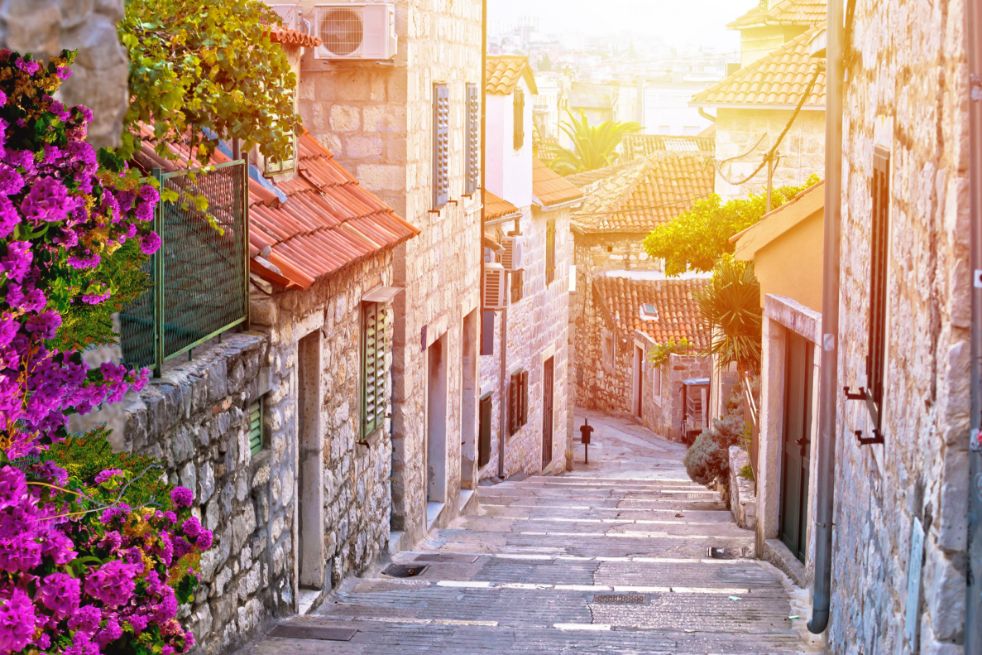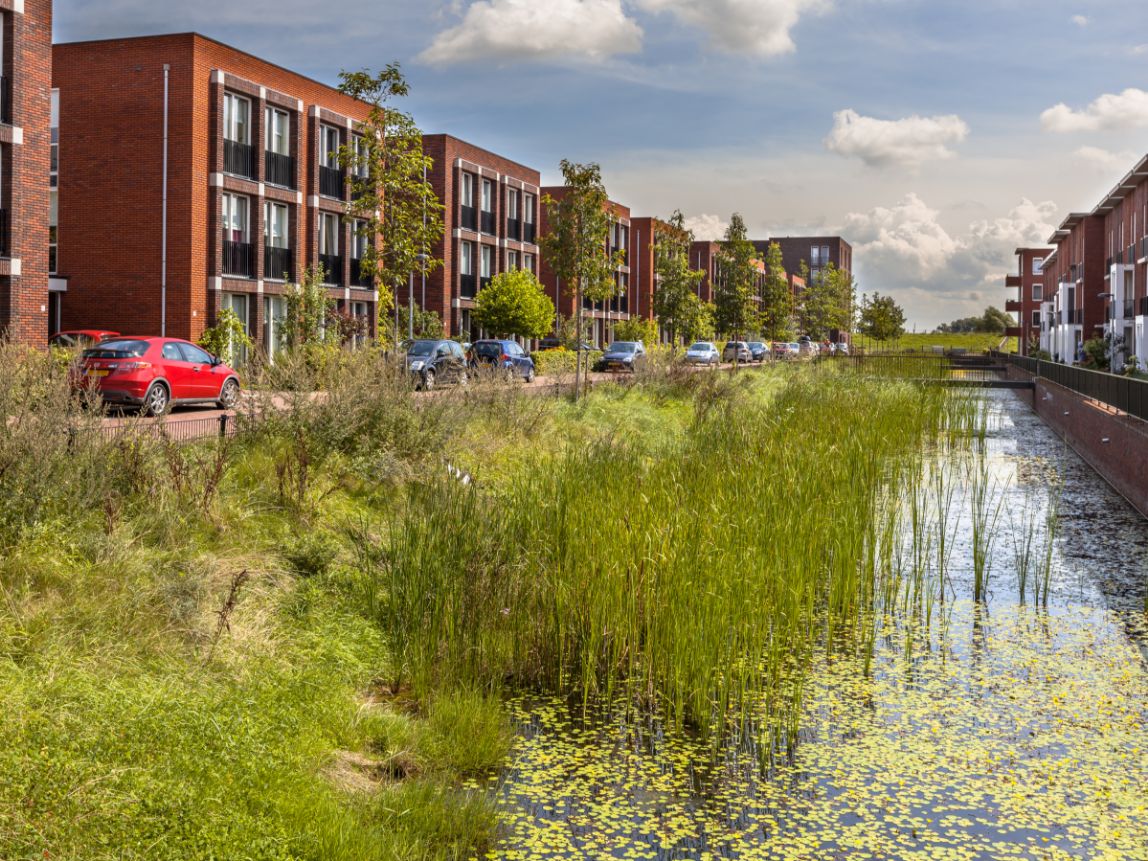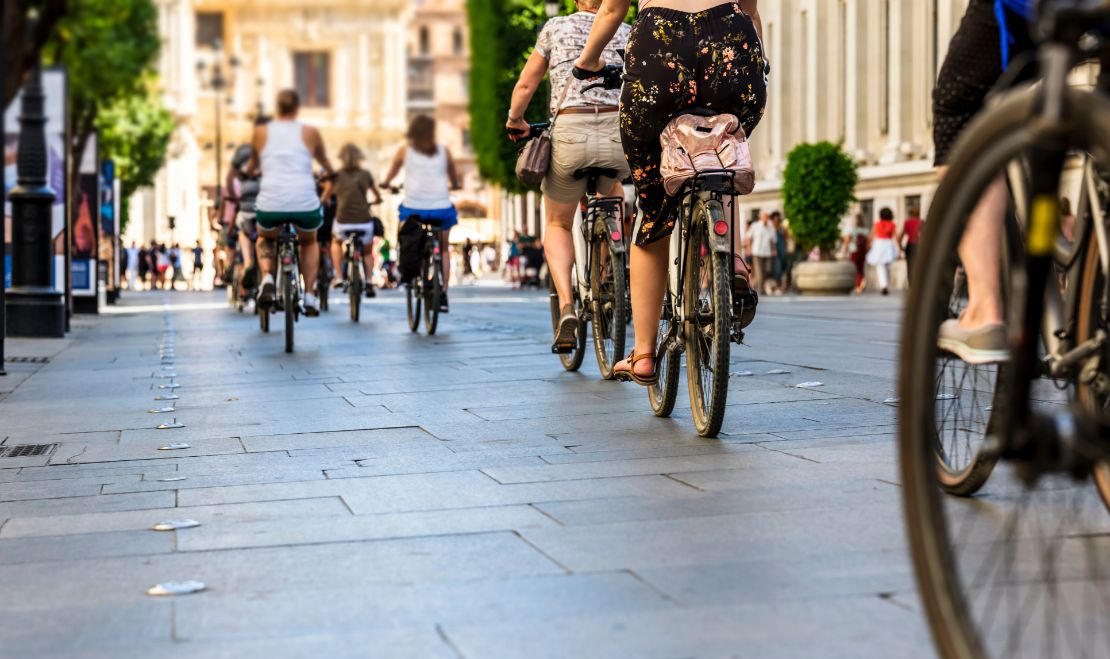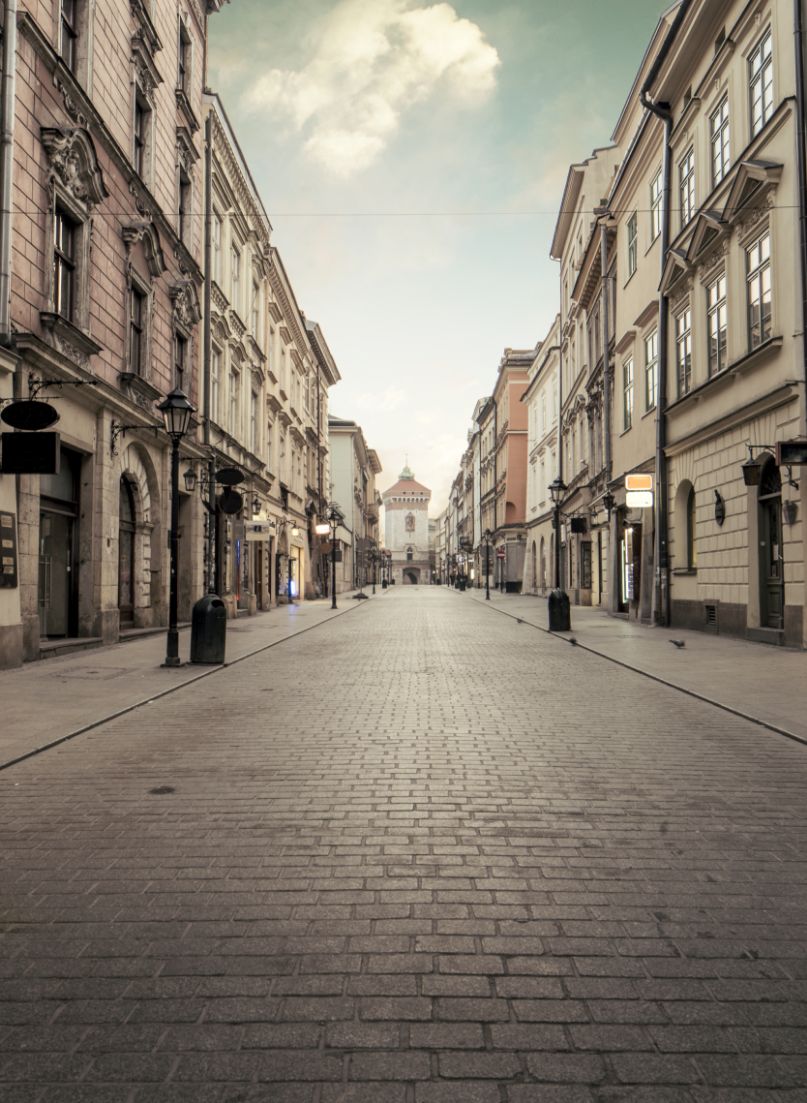The endless journey of a car tyre: with Ecopneus to learn how used rubber is converted into energy, football pitches, designer decor and street furniture.
Humankind is becoming increasingly urbanized. 55% of the world’s population now lives in towns and cities, and that figure is expected to rise to 68% by 2050.
So the eco house will mainly be an urban dwelling, which means the city is where we need to start, in order to characterise it.

A building in any urban context is part of a system - a city - which influences how the building functions, but is also itself influenced by the building.
A city has to provide services that enable and facilitate life in its various buildings. It has to form a supply chain of products and create a disposal network. But more than that, a city also has to provide food and basic necessities.
This is why our pre-industrial cities were full of groceries, clothing stores and artisans’ workshops. All these amenities also had to be easy to reach on foot, within a short time, because people had no cars.
In the pre-industrial city, all energy was renewable, such as firewood or coal. Food mainly came from the surrounding countryside. Meat was eaten on special occasions, water was a precious commodity, used sparingly, and there was almost no waste. Everything was reused, reinvented or, if inorganic, used for something else. The small amount of food waste was given to the animals.
Undoubtedly, homes were cold in winter. Indoors, people would wear heavy clothing, as if they were outside. After sunset, the only light came from candles or oil lamps, and life was generally much harder and less comfortable than it is today.
This was the way for millennia.

Today, we live in far greater comfort. Our heating is centralised, sometimes even self-regulating. We have electric lights and appliances that make our everyday chores so much faster and easier. We have a thousand different ways of getting around, but we have obtained all this at the expense of our planet, altering the environment we live in and setting the stage for a future in which our lives may well be far more difficult than in the past. I’m not talking about a regression, but the side effects of uncontrolled, uninformed evolution.
What can be done? There is only one solution. We have to redesign the models of homes and cities that have functioned for millennia, but this time using all the knowledge and technology at our disposal to maintain the same standard of comfort we are used to - without the collateral damage.
It’s a model based on a principle common to both cities and ecosystems: using renewable energy to drive a metabolism that closes the material cycles as tightly as possible.
In our case, it means using the circular economy, which is based on a very straightforward principle. Products have to be designed and built in such a way as to minimize emissions and the materials we take from the environment. Everything we make has to be durable, reusable, regenerable and, finally, recyclable.

We have to embrace the concept of permanence. In essence, the idea is that products should stay in our homes and cities as long as possible. When we really can’t use them any more, then they have to be recycled, so we can glean new raw materials from them. This circular process can only be fuelled with renewable energy.
So let’s try to imagine this eco city, home to the eco house.
It’s a city in which buildings, made from recycled, recyclable and insulating materials, zero- or low-emission products, are all energy-efficient. All roofs - apart from those of historic buildings - will have solar panels.
It’s a city in which all the high-use services are no more than 5-10 minutes’ walk from home. Most food comes from the surrounding countryside. The few vehicles in circulation are electric or car-shares. Bikes are the main method of transport - after our own two feet, of course.

With few cars in circulation, the roads will make way for a greener landscape, outdoor lifestyles and more socialisation. Our mental and physical health can only benefit.
This is a city full of artisans’ workshops. Stores where people can barter and trade items of clothing and other products. Centres where people can go to hire tools or appliances they only use occasionally.
It’s a city that has no concept of “single-use”. Container deposits are the rule, as we try to reuse things as much as possible. Loose or bulk products are far more common than packaged ones, and there’s almost zero food waste.
This is a city whose inhabitants live a sober lifestyle, rejecting consumerism in favour of repairing, rather than replacing. They give value to regenerated, reconditioned products, often made with a high creative input and therefore unique, and far preferable to factory-new. They only eat foods with agro-ecological certification and very rarely meat - which always comes from non-intensive farming.
It’s a city in which waste water is treated to produce biogas and fertilisers used in urban and peri-urban farming. Organic waste is also used to produce biogas and fertilisers for local soils.
Rainwater is harvested and reused.
It’s a city whose inhabitants try to encapsulate and close the cycles of technological and organic nutrients, rebuilding a symbiotic relationship between city and countryside.
It’s a supportive city. Accessible to everyone, wholesome, comfortable, homely and convivial, it's not hard to realise, nor to maintain and manage. We just have to want it.
The endless journey of a car tyre: with Ecopneus to learn how used rubber is converted into energy, football pitches, designer decor and street furniture.
Relaunching the power of local: Italy’s national plan for villages. The keys to successful redevelopment. Commitment and analysis by ANCI, Italy’s Association of Municipalities.
